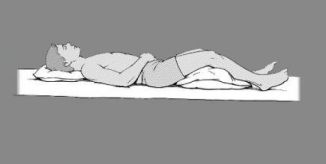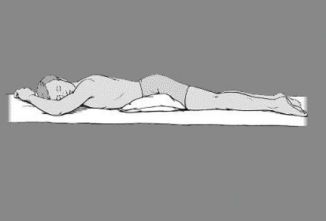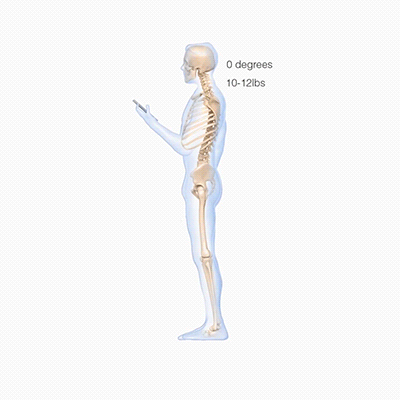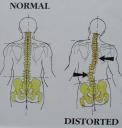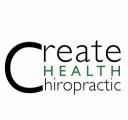This guy down the street from us has the best Christmas light show in town. He puts the movie, “Christmas Vacation” to shame. Here’s the (You Tube) link:
We were all wondering how they synchronize all those lights and all the different types of music. Computers right!
I wanted to link this concept to the body and chiropractic, so here it goes. Think how much communication goes on in the body between the brain and every cell in your body. All of the communication runs through the nervous system or the spinal cord and the nerves of the body. The brain coordinates all of that symphony of messages. What can happen is a nerve can get irritated or the messages can get interference from this nerve irritation. This happens in the spinal joints and other joints of the body. When a nerve gets irritated you generally feel pain first. If the irritation persists you get numbness and then weakness of the muscle groups associated with that nerve. The spinal nerve has a vast amount of functions, whether it be temperature control, touch sensation, nutrition, metabolism, even waste disposal. There are many functions that can be affected by nerve interference. Think of it as a dimmer switch on a light, more interference the more the dimmer switch is turned down for that nerve. Chiropractic adjustments keep the nerve interference away and the dimmer switch turned up. Make sure all your lights are on full blast with regular chiropractic adjustments. Are you ON!




